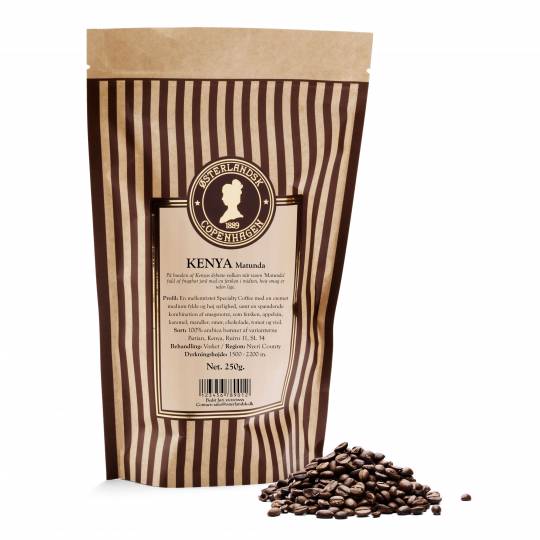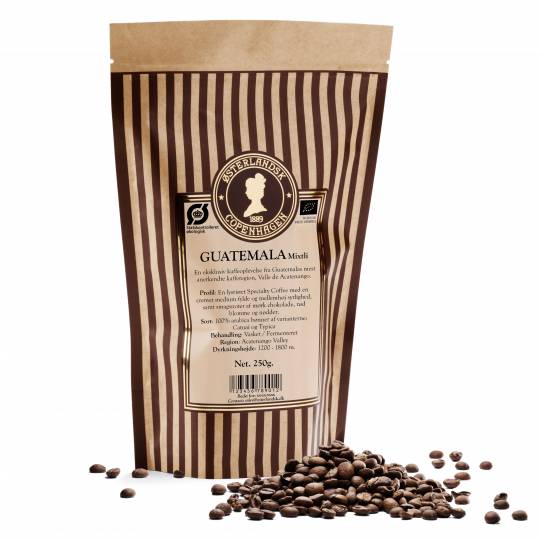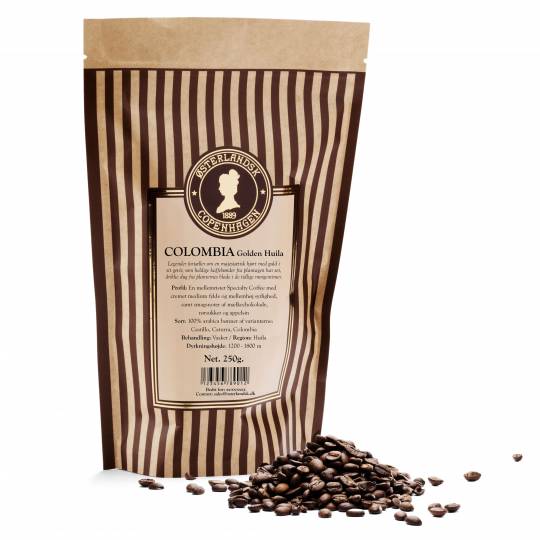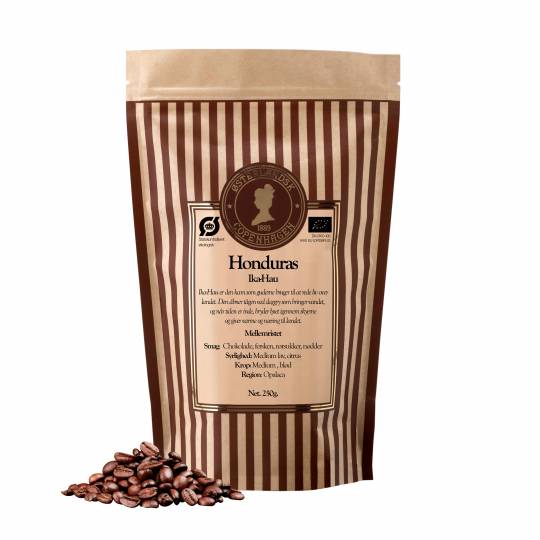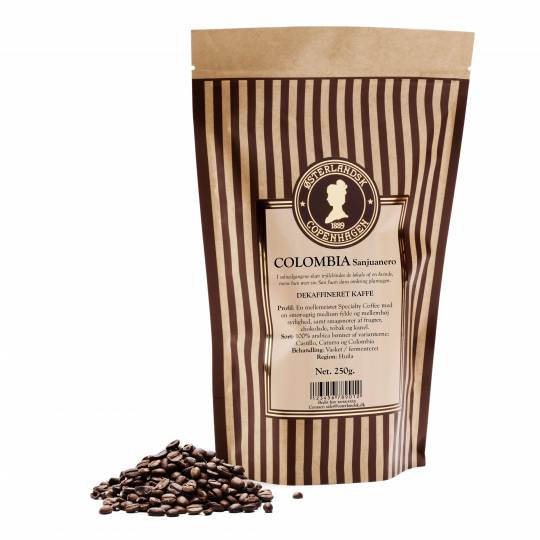More about: Specialty Coffee
Osterlandsk 1889 Copenhagen was the first in Denmark to introduce the concept of "Specialty Coffee" in the early 1990s. Specialty Coffee is the designation for pure Arabic coffee of the highest quality. Specialty Coffee comes from a particular farm or district in that country of origin and is grown in the highlands - most places at over 1600 meters. Specialty Coffee represents only the best 3% of the world's coffee production. To carry this predicate, the coffee must be freshly harvested, hand-picked and sorted. There are approx. 6000 hand-picked coffee beans for just 1 kilo of roasted coffee. Specialty Coffee is in many ways reminiscent of good wine because, like wine, the coffee is characterized by soil conditions, climate, microclimate and the actual processing of the coffee bean. These factors are crucial to taste. In the mid-1970s, the espresso machine, as we know it from cafes, coffee shops and many households, was also introduced by Eastern Thehus, which today has a wide range of espresso machines. Familiarity and cooperation with the world's leading coffee specialists within Specialty Coffee has led to the fact that Osterlandsk 1889 Copenhagen today is Denmark's largest and most versatile business in terms of exclusive coffee and espresso machines. More than 30 different of the world's best qualities are always in stock, and the range varies from harvest to harvest and continuously in line with new discoveries. Osterlandsk 1889 Copenhagen has established a coffee holiday in Skovlunde. The roastery is what is popularly called a micro-roastery, but at the more serious end. The roastery has a capacity of up to 100 kg. per hour, but can also shake small amounts down to 10 kg. at a time. This gives us a flexibility that allows us to offer a wide variety of different coffees to our customers so that even rare and expensive coffee varieties can be roasted in such small quantities that the coffee is always fresh. The raw coffee beans are stored in cool rooms in the basement where humidity and temperature are monitored. When the coffee arrives at the roastery, it is checked, registered and stored in the basement and first comes into the roastery immediately before it is to be roasted. After roasting and cooling, the coffee is immediately packaged and sealed in airtight bags for maximum durability.
